7 GPTs for Dining Decisions Powered by AI for Free of 2026
AI GPTs for Dining Decisions are advanced artificial intelligence tools based on the Generative Pre-trained Transformer (GPT) technology, tailored specifically for the dining and culinary industry. These tools utilize natural language processing to assist users in making informed dining choices, ranging from restaurant recommendations to meal planning and nutritional advice. By leveraging vast datasets and user preferences, GPTs in this field offer personalized solutions, enhancing the dining experience through technology.
Top 7 GPTs for Dining Decisions are: Lunch Wheel,YelpAI,湾区美食,Restless Napkin,Restaurant Finder Pro,Lunch Buddy,Munchies:🍔 Where To Eat
Lunch Wheel
Spin, Choose, and Savor with AI
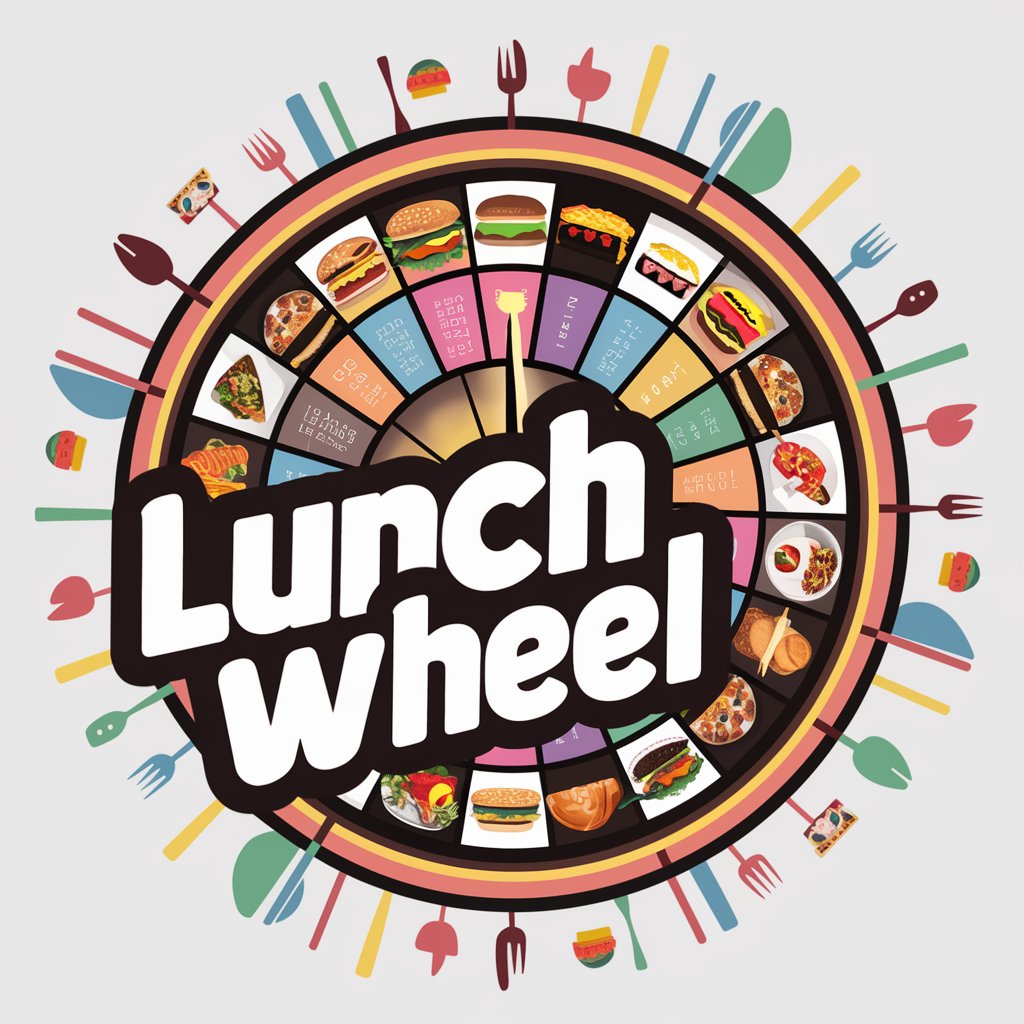
YelpAI
Tailored Dining Discovery at Your Fingertips
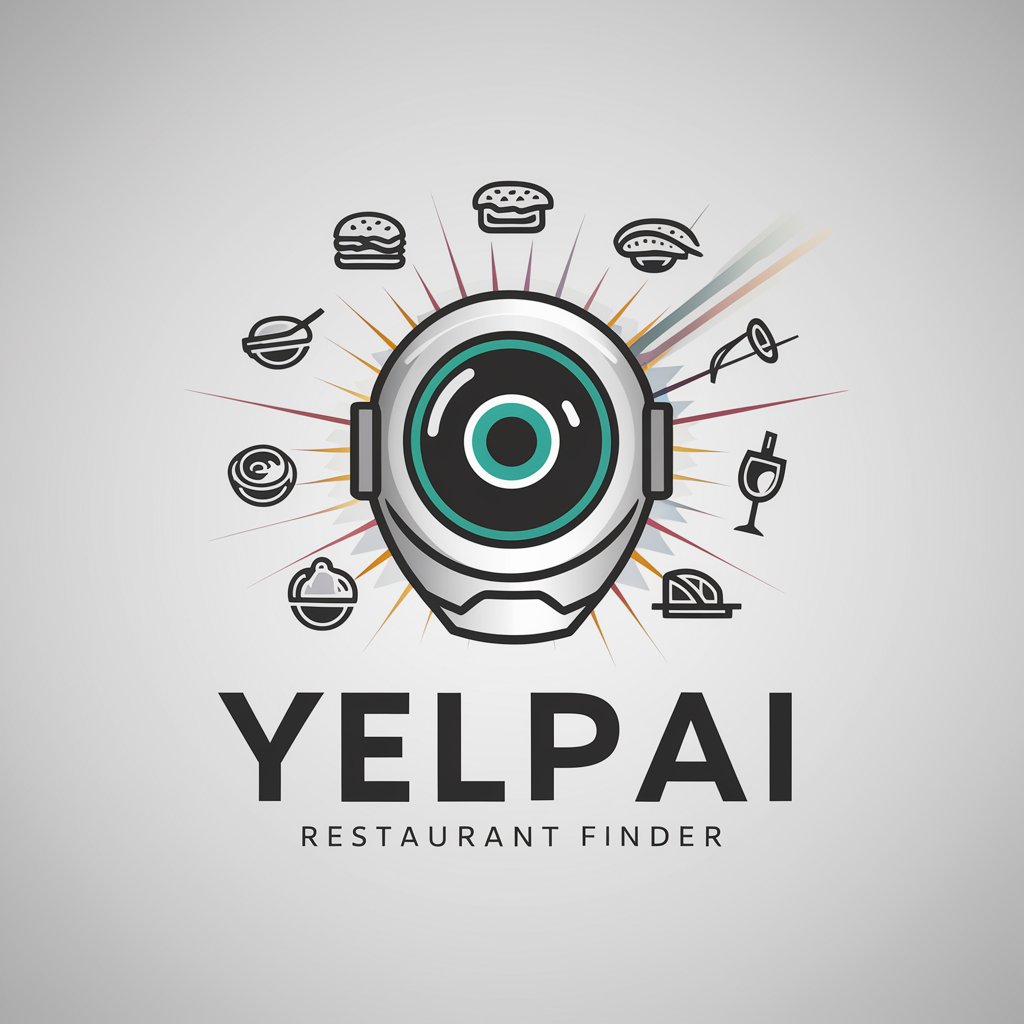
湾区美食
Savor the Bay: AI-Powered Dining Discoveries
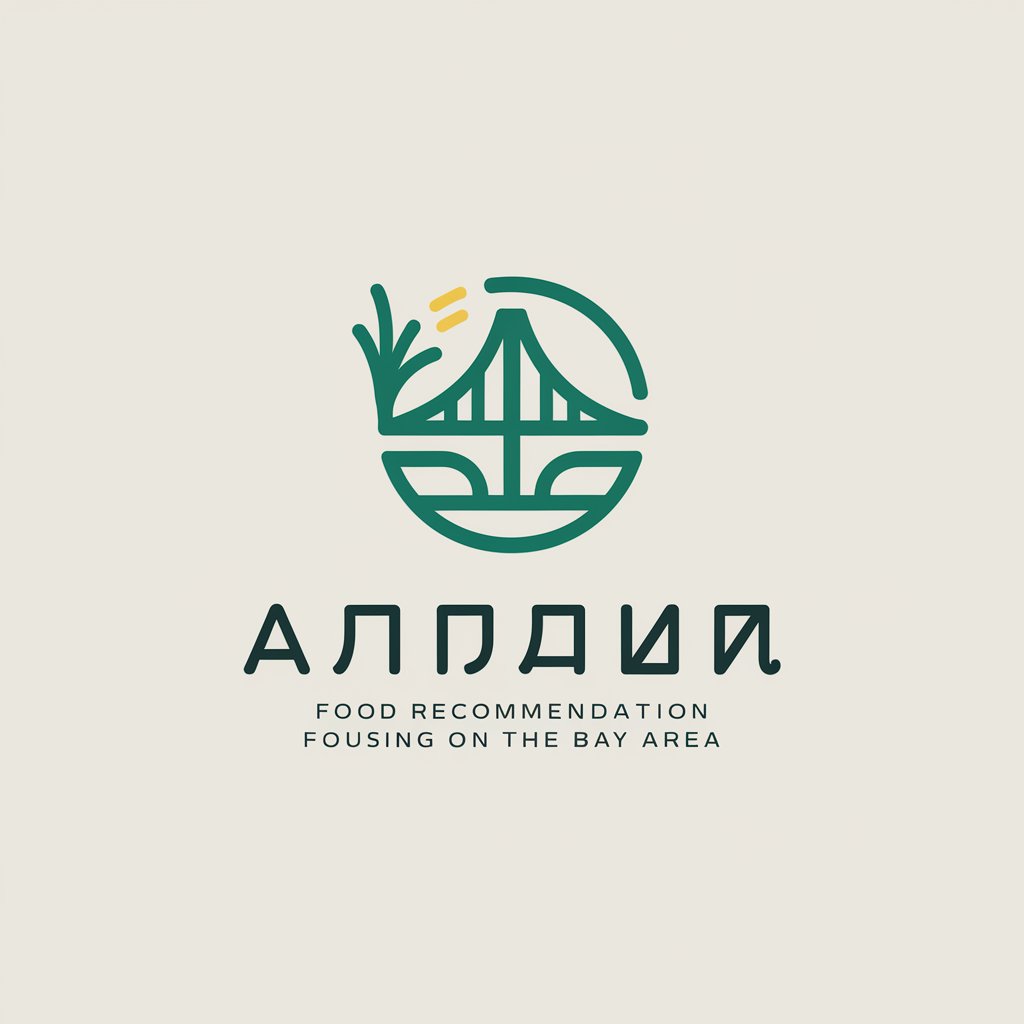
Restless Napkin
Your AI Palate Partner
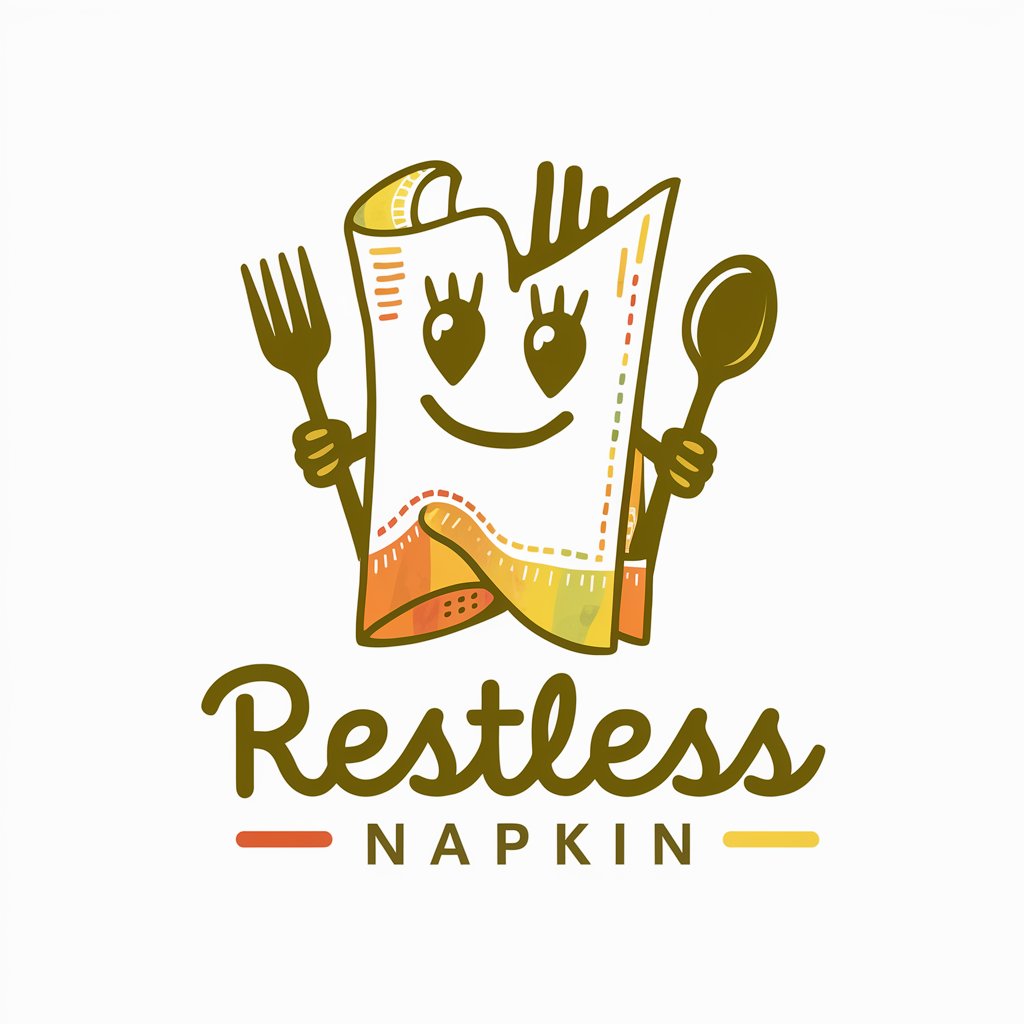
Restaurant Finder Pro
Discover and compare restaurants effortlessly.
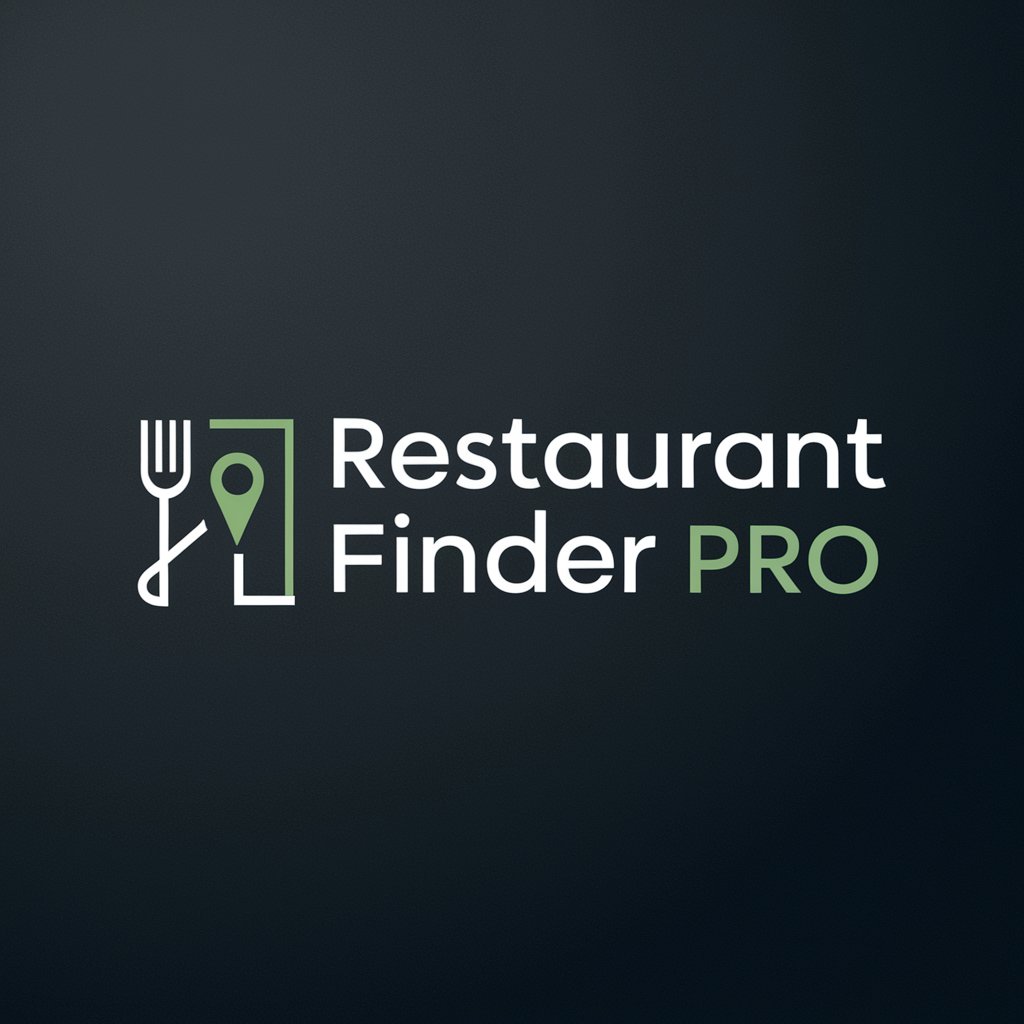
Lunch Buddy
Discover Dallas's best lunch spots with AI
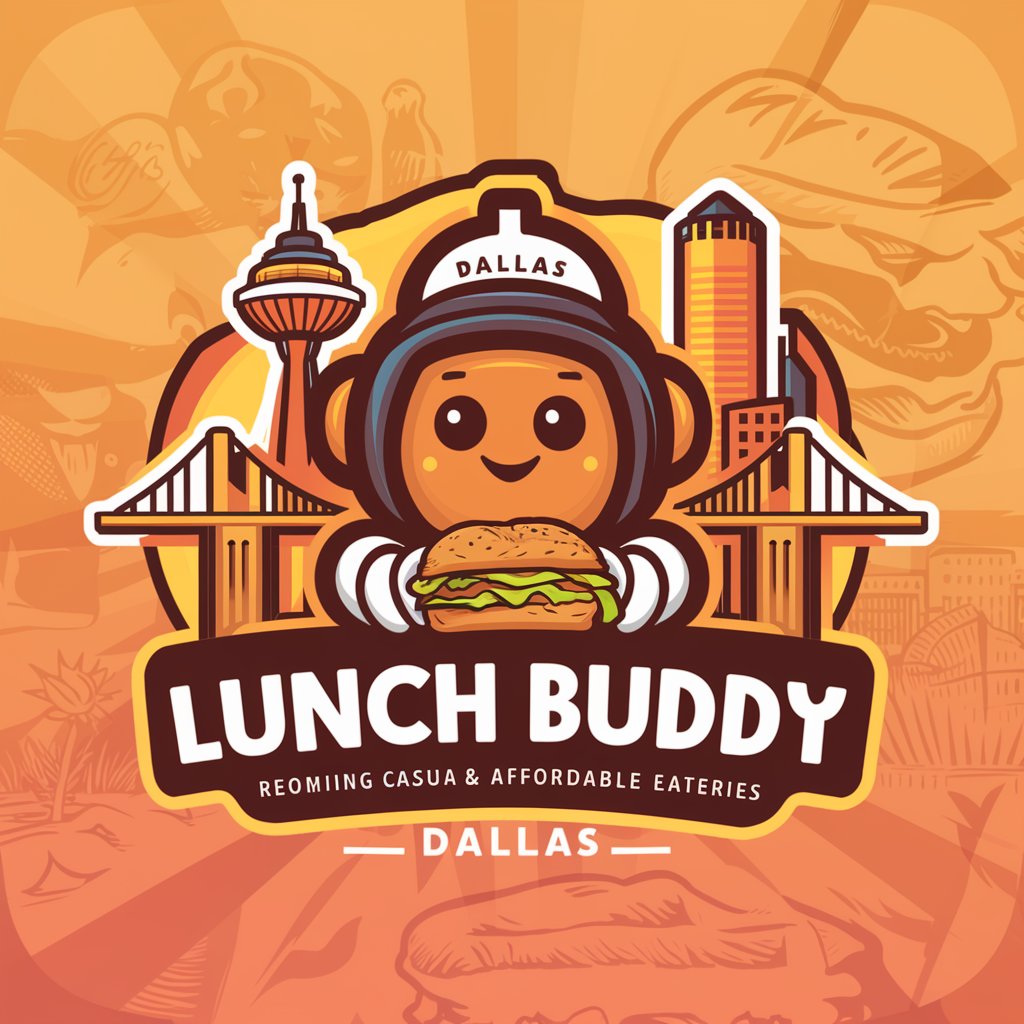
Munchies:🍔 Where To Eat
AI-Powered Dining Decisions

Essential Attributes of Dining Decision GPTs
AI GPTs for Dining Decisions boast a range of specialized capabilities, including personalized restaurant recommendations based on dietary preferences and budget, nutritional analysis for meal planning, recipe generation tailored to user tastes and ingredient availability, and culinary trend forecasting. These tools can adapt from providing basic suggestions to conducting complex dietary analyses, incorporating features like multilingual support, interactive Q&A, web searching for the latest reviews, and image recognition for meal logging.
Who Benefits from Dining Decision AIs
The primary beneficiaries of AI GPTs for Dining Decisions include culinary enthusiasts looking for inspiration, individuals with specific dietary needs seeking tailored meal plans, restaurant owners aiming to understand market trends, and developers interested in creating bespoke dining apps. These tools are designed to be user-friendly for those without technical backgrounds, while also offering advanced customization options for tech-savvy users and professionals in the culinary field.
Try Our other AI GPTs tools for Free
Menu Selection
Discover how AI GPTs revolutionize menu selection with tailored solutions, enhancing culinary creativity and customer satisfaction in the hospitality industry.
Foodie Adventure
Discover the future of culinary exploration with AI GPTs for Foodie Adventure, your ultimate partner in navigating the vast world of flavors, recipes, and dietary insights, tailored just for your taste and needs.
Novel Structuring
Discover AI GPT tools for Novel Structuring, designed to enhance novel writing through advanced AI capabilities. Perfect for writers at any level seeking creativity, efficiency, and depth in their storytelling.
Plot Organization
Discover how AI GPTs for Plot Organization can transform your storytelling process, from simplifying plot structure to enhancing character development.
Visual Research
Explore AI GPTs for Visual Research, the cutting-edge tools transforming visual data analysis with advanced AI technology. Designed for both novices and professionals.
Community Management
Revolutionize your online community with AI GPT tools, designed to enhance engagement, support, and management through advanced AI technology.
Expanding the Horizon of Culinary AI
AI GPTs for Dining Decisions not only simplify the process of choosing where and what to eat but also offer insights into nutritional information, helping users make healthier choices. Their adaptability and ease of use make them a valuable addition to both personal and professional culinary planning, with potential for integration into existing systems or workflows, offering a seamless experience for end-users.
Frequently Asked Questions
What exactly are AI GPTs for Dining Decisions?
AI GPTs for Dining Decisions are specialized AI tools designed to help users make informed choices about dining and nutrition, utilizing natural language processing and machine learning.
How can these tools personalize recommendations?
By analyzing user inputs such as dietary restrictions, flavor preferences, and budget constraints, these GPTs can offer customized dining suggestions and meal plans.
Can AI GPTs help with meal planning and preparation?
Yes, they can generate recipes based on specified ingredients, dietary needs, and cooking time preferences, making meal prep easier and more accessible.
Are there features for dietary tracking and analysis?
Many of these tools include capabilities for nutritional analysis and tracking, assisting users in maintaining a balanced diet.
How do these AI tools stay updated on culinary trends?
They constantly analyze data from various sources, including online reviews, social media, and culinary publications, to identify and incorporate the latest trends into their recommendations.
Can developers integrate these GPTs into their own applications?
Yes, many GPTs offer APIs and developer tools for integration into custom applications, allowing for the creation of unique dining decision platforms.
Do these tools require advanced technical skills to use?
No, they are designed with user-friendly interfaces that require no prior technical knowledge, making them accessible to a wide audience.
Are there any language limitations?
While English is commonly supported, many tools also offer multilingual capabilities to cater to a global user base.